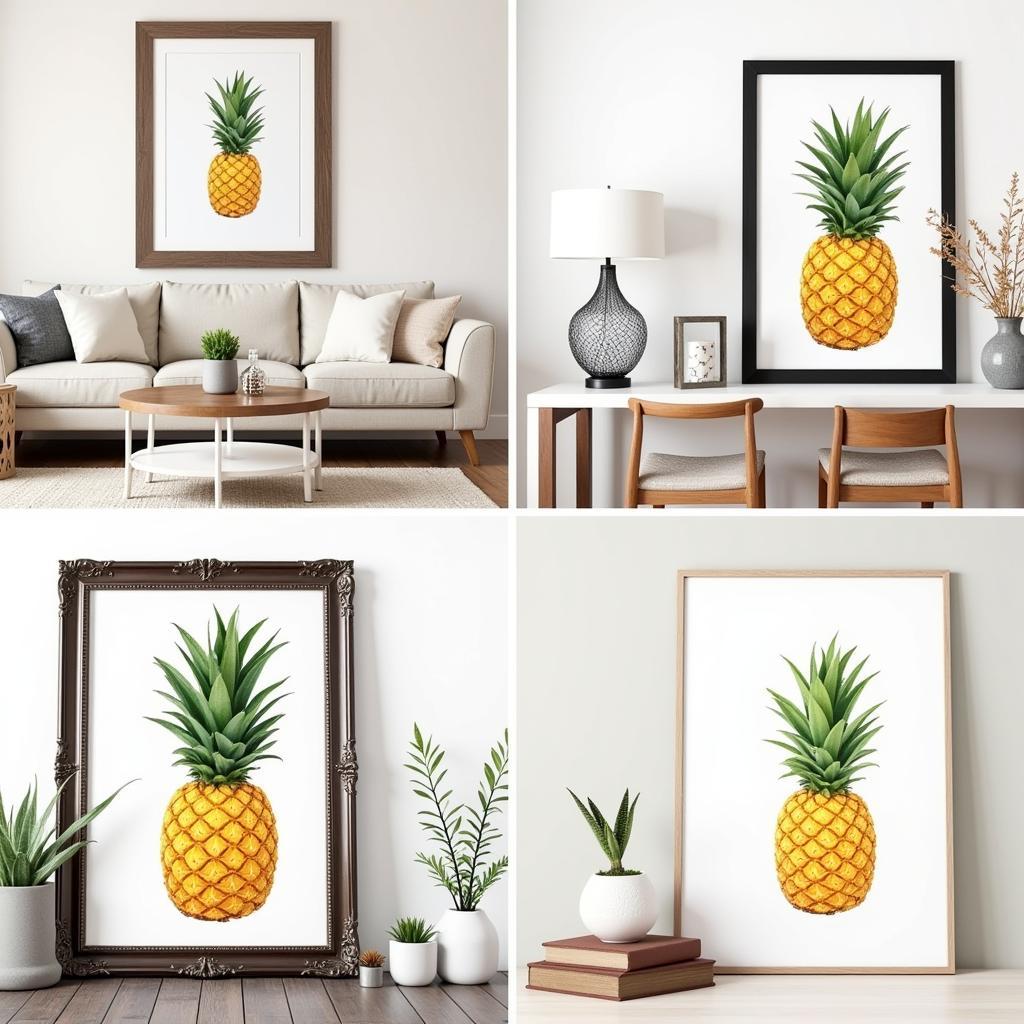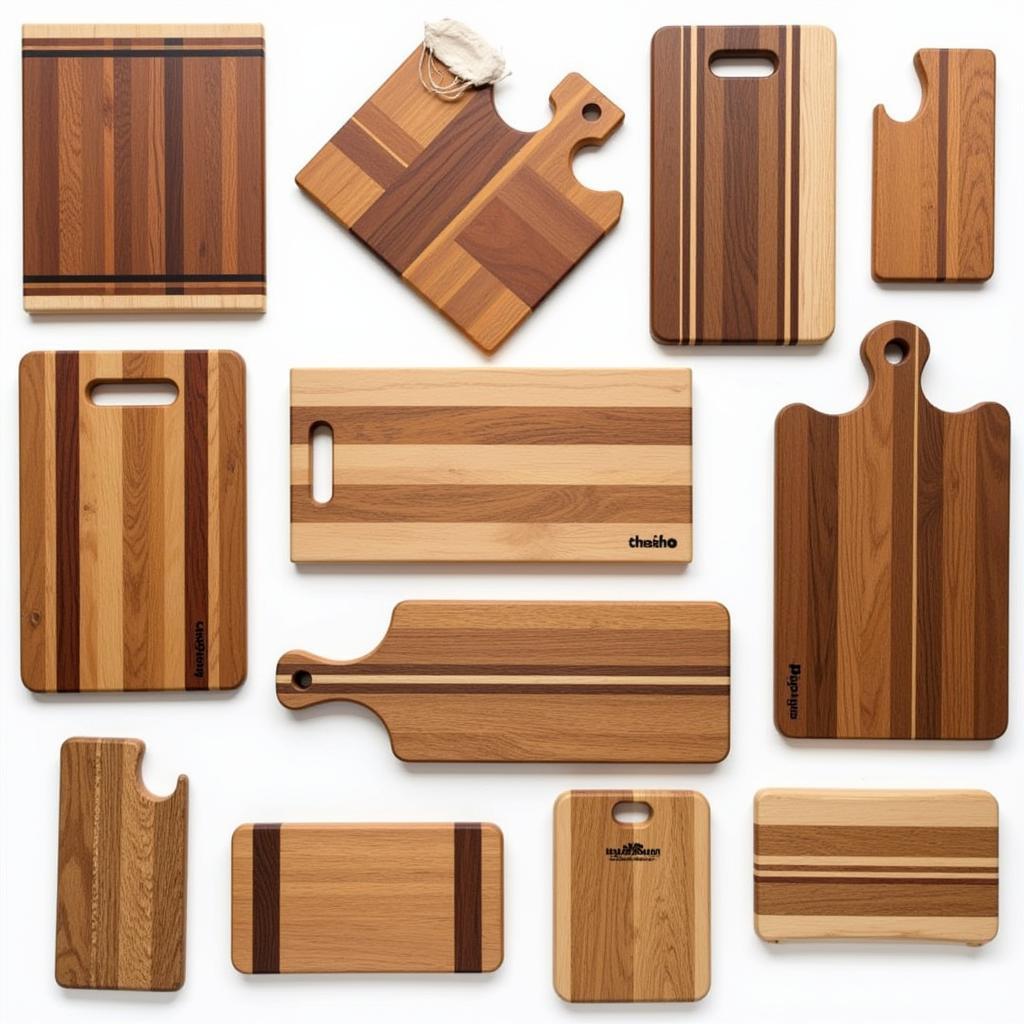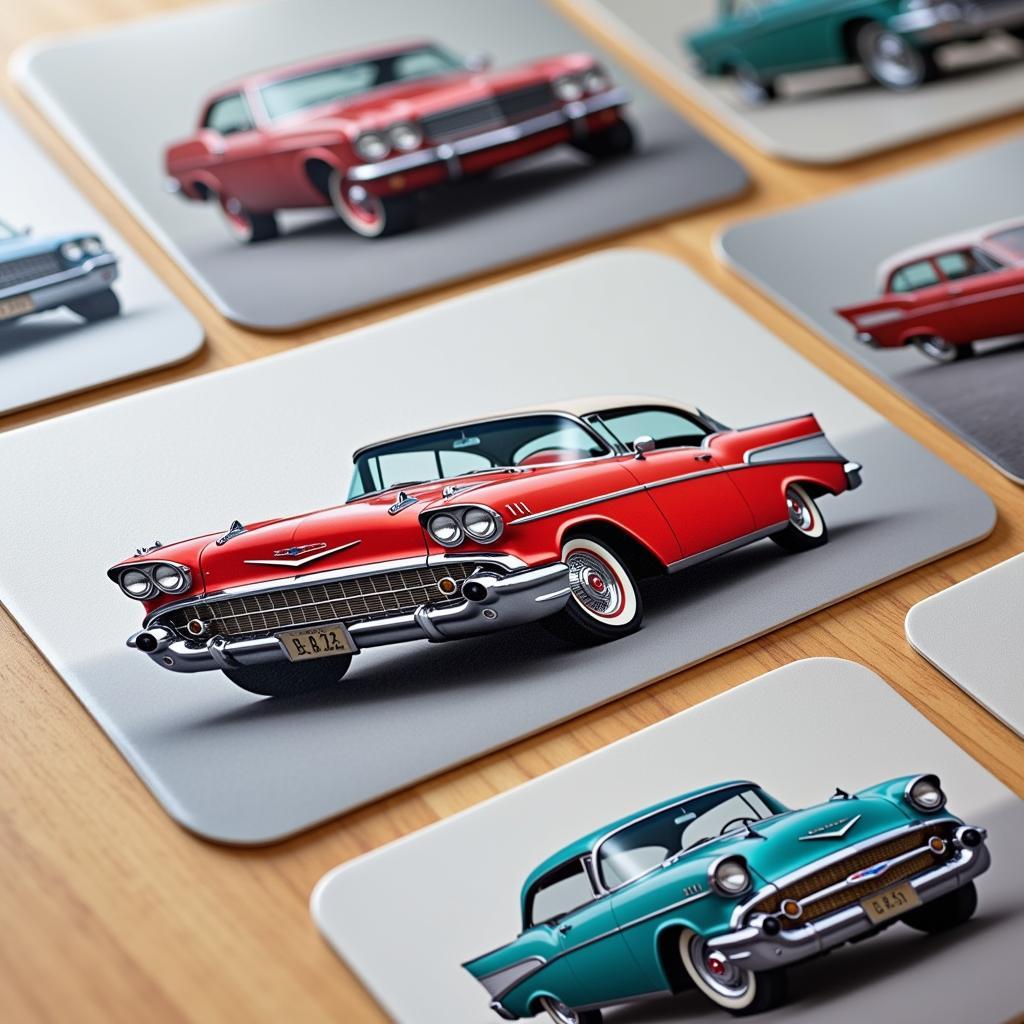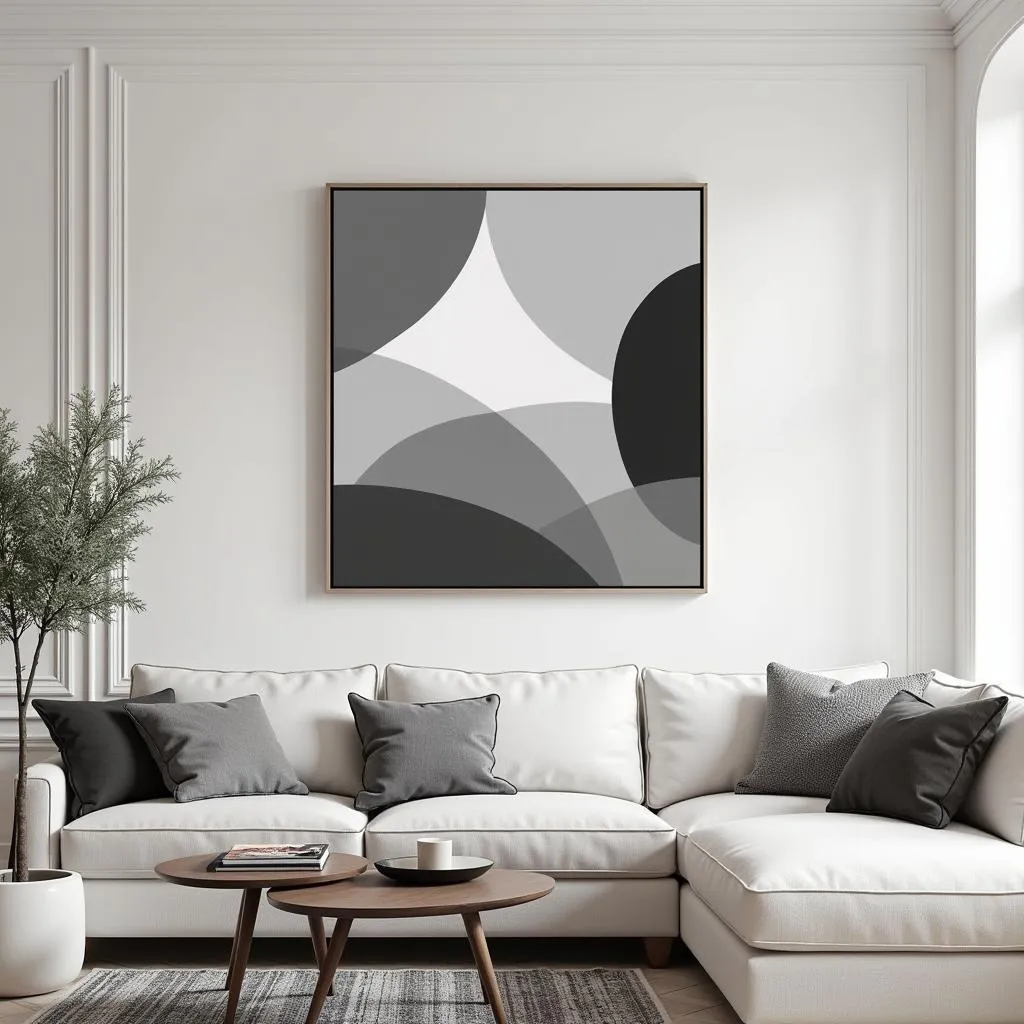Exploring the World of Red and Blue Abstract Art
The captivating interplay of red and blue in abstract art has fascinated art enthusiasts for decades. From vibrant contrasts to subtle nuances, the combination of these two powerful colors evokes a wide range of emotions and interpretations. In this article, we’ll delve into the captivating realm of Red And Blue Abstract Art, exploring its history, significance, and the diverse ways artists utilize these colors to create visually stunning and thought-provoking compositions.
The Psychology of Red and Blue in Art
Before we dive into the specifics of red and blue abstract art, it’s essential to understand the psychological impact of these colors. Red, often associated with passion, energy, and intensity, immediately draws the viewer’s attention. It can evoke feelings of excitement, warmth, or even aggression.
Blue, on the other hand, typically represents calmness, serenity, and stability. It can create a sense of peace, tranquility, or even melancholy. The juxtaposition of these contrasting colors creates a dynamic tension within an artwork, captivating the viewer’s eye and prompting a deeper exploration of the piece’s message.
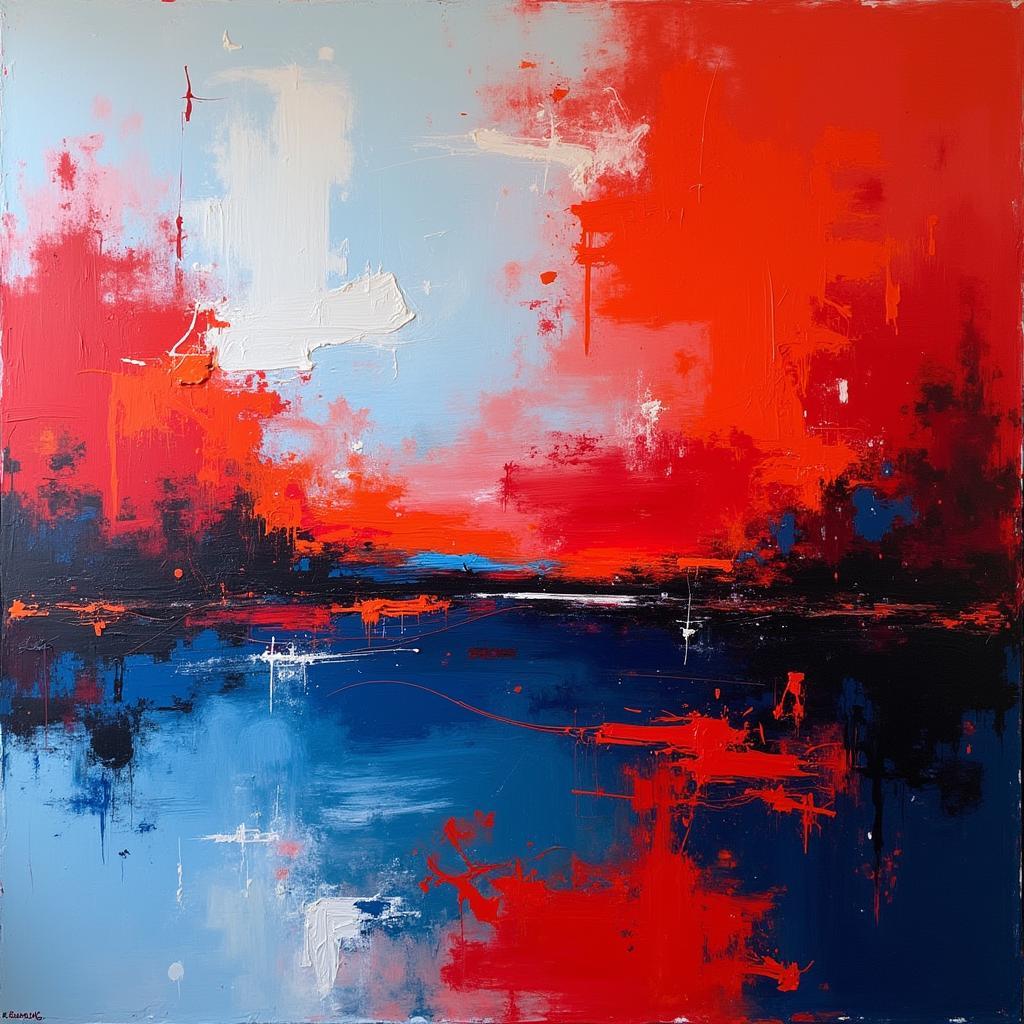 Red and Blue Abstract Painting
Red and Blue Abstract Painting
The History and Evolution of Red and Blue in Abstract Art
The use of red and blue in art dates back centuries, but it was in the early 20th century that artists began to explore their potential in abstract compositions. Wassily Kandinsky, a pioneer of abstract art, believed that colors possessed spiritual qualities and could evoke emotions independently of recognizable forms. His iconic work, “Composition VIII,” showcases the dynamic interplay of red and blue, conveying a sense of movement and spiritual energy.
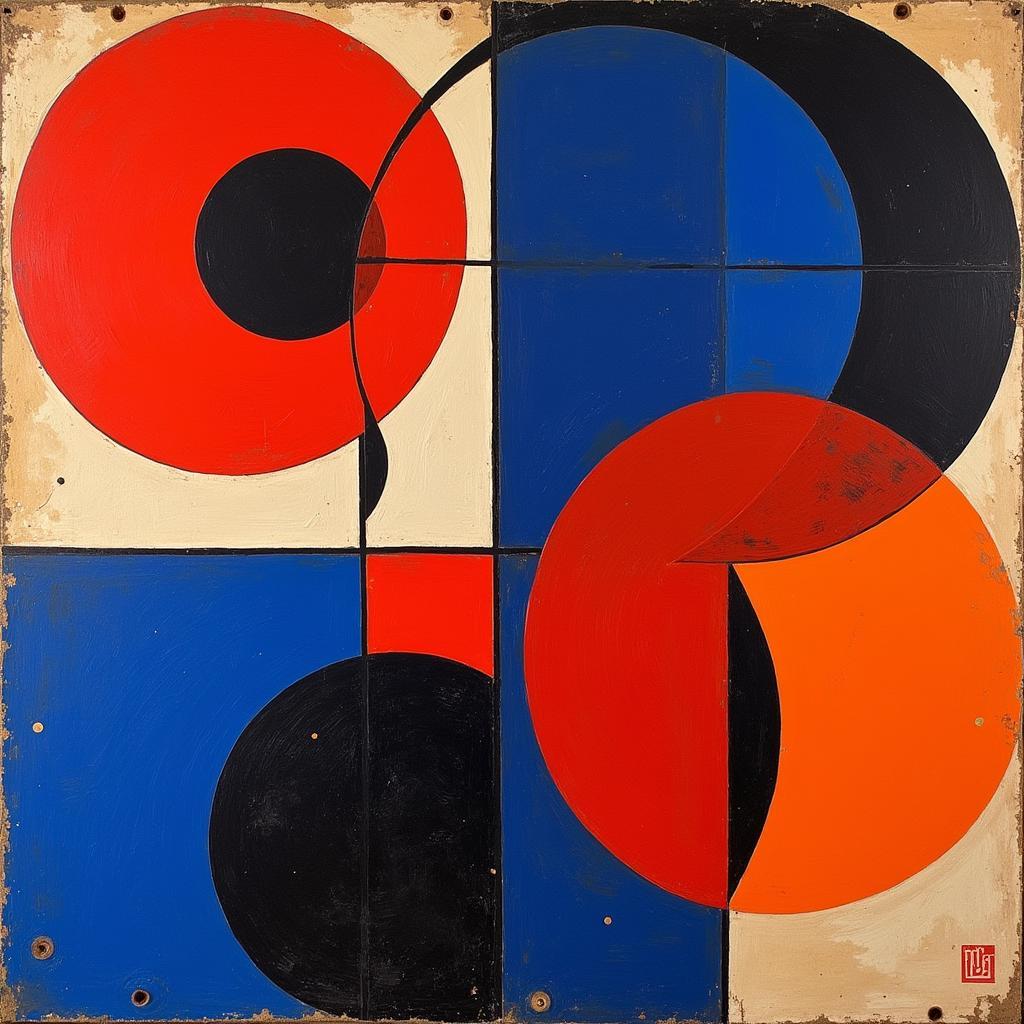 Wassily Kandinsky's Composition VIII
Wassily Kandinsky's Composition VIII
Similarly, Piet Mondrian, a key figure in the De Stijl movement, utilized a limited palette of primary colors, including red and blue, to create harmonious and balanced compositions. His iconic grid-based paintings, such as “Composition with Red, Blue and Yellow,” exemplify his minimalist approach and his belief in the universal language of color and form.
Different Styles and Interpretations of Red and Blue Abstract Art
The beauty of abstract art lies in its open-ended nature and the freedom it offers for individual interpretation. Artists throughout history have employed red and blue in countless ways to express a wide range of emotions, ideas, and artistic visions.
Some artists, like Mark Rothko, known for his Color Field paintings, use large blocks of color to evoke profound emotional responses. His works often feature vibrant reds juxtaposed against deep blues, creating a sense of awe and contemplation.
Other artists, like Jackson Pollock, embrace a more gestural and expressive approach. His iconic drip paintings, often featuring splashes of red and blue, convey a sense of raw energy, spontaneity, and emotional intensity.
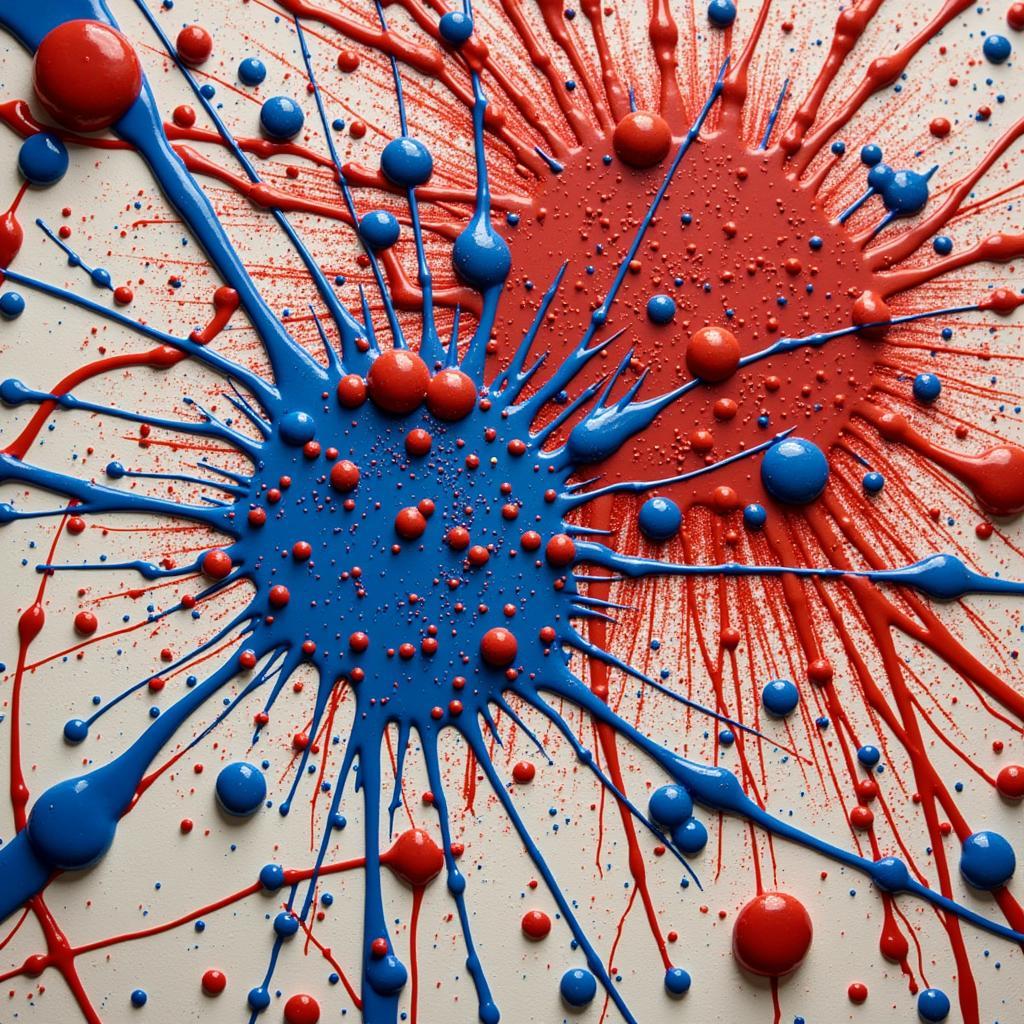 Jackson Pollock Abstract Expressionism
Jackson Pollock Abstract Expressionism
Red and Blue Abstract Art in Interior Design
Red and blue abstract art can be a stunning addition to any interior design scheme. A bold red and blue abstract painting can act as a focal point in a minimalist living room, adding a splash of color and personality to a neutral palette. Alternatively, a more subdued piece with subtle hues of red and blue can create a calming and sophisticated ambiance in a bedroom or study.
When incorporating red and blue abstract art into your home, consider the overall style and color scheme of your space. A large-scale piece can create a dramatic statement, while smaller artworks can be grouped together to create a gallery wall.
Conclusion
From the vibrant canvases of Kandinsky to the minimalist grids of Mondrian, red and blue have played a pivotal role in the evolution of abstract art. These two powerful colors, with their contrasting yet complementary qualities, continue to inspire artists and captivate viewers, inviting us to explore the depths of human emotion and the boundless possibilities of artistic expression. Whether you’re drawn to the bold energy of a Rothko or the dynamic chaos of a Pollock, there’s a world of red and blue abstract art waiting to be discovered.
